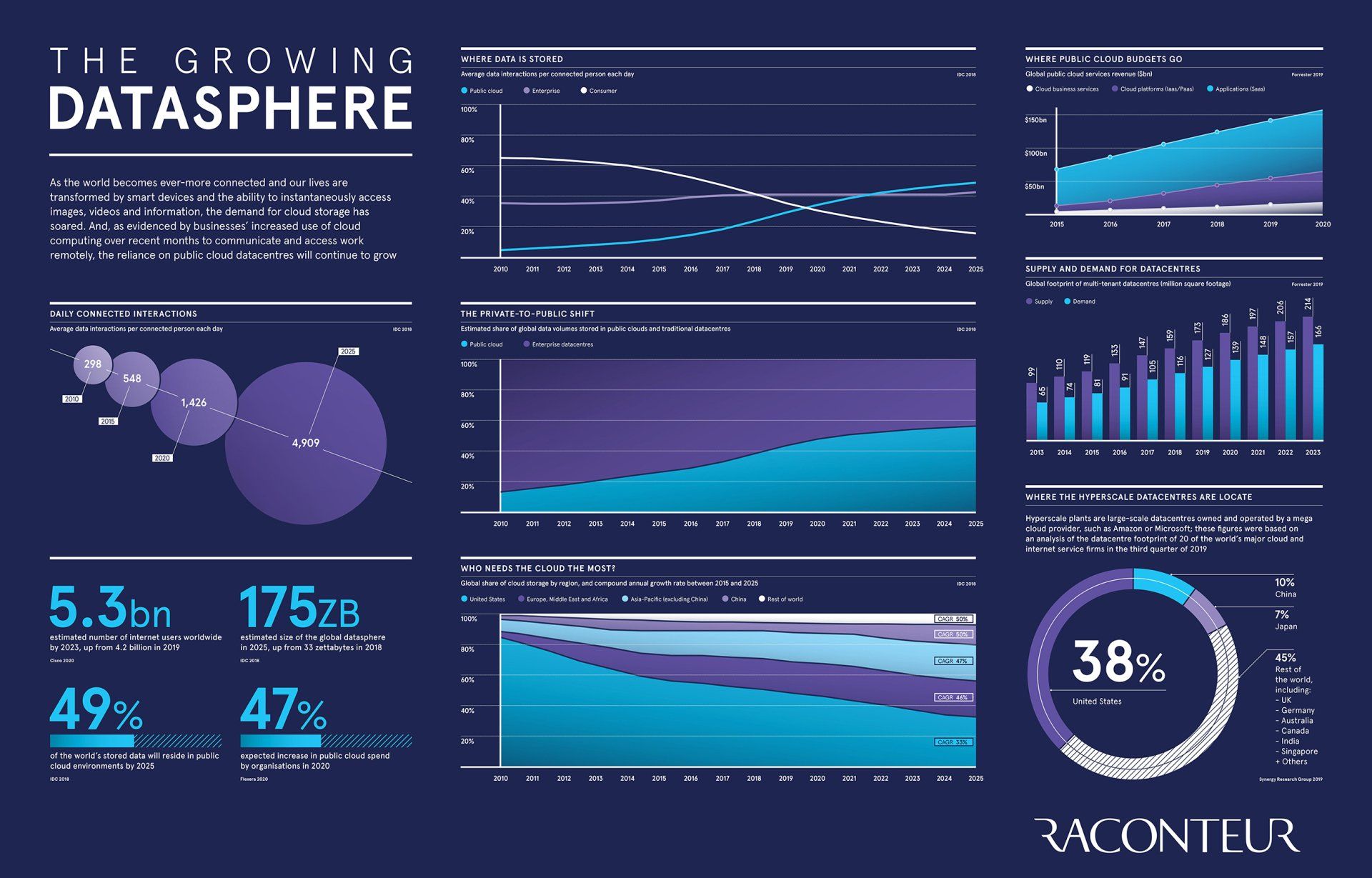The definition of audience targeting is exactly what you'd expect: It's the practice of using data to segment consumers by demographics or interests in order to find the holy grail that is the right person on the right device at the right moment.
With audience targeting, you’re more likely to reach consumers interested in your products or services with relevant messaging. It also decreases the odds you’ll waste ad spend on uninterested eyeballs and help move potential customers down the proverbial funnel.
And it yields results. According to Tammy Duggan-Herd, director of marketing at digital marketing firm Campaign Creators, for example, after shifting to a content strategy with audience targeting in 2016, her agency saw a 744% increase in organic traffic within 12 months.
If you’re looking to better target your prospective customers—and stop wasting ad spend on people who just won’t convert—you've came to the right place. Today, I'll walk you through eight tried-and-true audience targeting strategies—straight from the minds of digital marketing experts.
But, before that, you need data …
Data management is key to audience targeting
Heather Jackson, sales and marketing manager at digital advertising firm JAC Advertising Consultants, pointed to data management platforms like Lotame and Neustar, which track consumer behavior online with cookies.
“Based on their online behavior … these aggregators can, with extreme accuracy, decipher the demographics, interests and preferences of an individual,” she said. “Marketing giants, such as Facebook and Google, use this data to pinpoint an exact audience for their marketing clients.”
A word of caution: Stephen Yu, chief product officer at predictive marketing automation platform Buyer Genomics, said cross-platform/channel strategies can yield disappointing results as “targeting by definition must be individual-centric, not channel- or product-centric.”
Instead, he said to start with the individual target, including demographics, online behavior, purchase history, repeat purchases and loyalty.
“All of this information should be collected through every engagement channel … and resultant data must be consolidated around the individual target first,” Yu added. “Then, marketers can decide whom to target based on data profiles, segments and other model-based targeting mechanisms.”
And once you have figured out your target audience, you can start thinking about channels.
“Too many organizations mix channel optimization and target optimization, but those are two equally important endeavors: the former to determine where the marketing dollars should go, and the latter to determine whom to target,” he said.
But you’re not finished yet! Audience targeting has to be refined regularly because “you’re basically hypothesis testing,” said Cynthia Kazanis, digital marketing analyst at internet marketing agency Pure Visibility. “Especially in digital marketing, you should never think of anything you create as permanent or done because then you lose the advantage of your platforms' agility.”
Instead, keep asking questions about your audience targeting:
- Are we reaching the audience we want?
- If not, who are we reaching?
- Is the intended audience responding the way we want?
- Is there a similar audience the target can help us find?
Psychographics
For his part, Tim Brown, marketing insights manager at marketing agency Pacific Digital Group, recommended using psychographics—values, affinities and motivations—as a more accurate targeting goal than demographics.
You can uncover psychographics using social analysis tools to search follower bios for attributes, which you can then use to create content that speaks to their lifestyles, priorities, and attitudes.
Once you’ve determined how you’re going to gather, track, and manage your data, you can start improving your audience targeting.
Now, here’s a closer look at eight audience targeting strategies used again and again by digital marketing experts.
1. Expand reach with Google’s In-Market Audiences
Dale Broadhead, founder of PPC and CRO agency Conversion Hut, expressed genuine love for display campaigns in Google Ads—particularly when targeting an audience that hasn’t heard of his business before. In fact, Google’s in-market audiences feature lets you target consumers who are researching your products or services.
“We use a not-so-well-known report from our Google Analytics reports to find the highest performing Affinity Categories and In-Market Segments. Once we have our insights, we can then build different ad groups around each of the audiences and create messaging that resonates with them,” he said. “This works because you are making decisions that are backed by data … We're finding out who the best customers are and then going out to try and find more of them.”
Kim Smith, content marketing manager at review platform GoodFirms, agreed.
“The in-market audiences are the ones that are already out there, searching, reading, comparing, or even planning to buy a product or service, just not engaged with your brand directly or indirectly,” she said. “With past searches, keyword activity and browsing behavior of the user, machine learning can predict what a user is interested in and when would he be ready, to convert effectively … Ideally, in-market targeting aims at widening your reach with high buying intent and offers a practical customer acquisition strategy.”
2. Remarket with Google Ads
David Reischer, chief marketing manager at legal advice website LegalAdvice.com, spoke highly of audience targeting in Google Ads.
“In Google Ads Editor, a marketer can download, view, and assign existing audiences. Depending on our campaign type, we can target remarketing lists, custom combination lists, life events, and interest categories. It is an amazing tool,” he said. “Google [Ads] allows a marketer to do lots of A/B testing and set up 'ad clusters' to compare which campaigns are most effective.”
Becky Livingston, president and CEO of Penheel Marketing, which is an agency focused on small businesses, also, remarketing as a way to helps brands connect with people who previously interacted with your website or mobile app.
Creating remarketing lists is particularly effective for targeting an audience that has already expressed interest in your product or service.
3. Use Facebook custom audiences and retargeting
Robb Hecht, adjunct professor of marketing at Baruch College, however, said despite Facebook’s data privacy woes, it remains the social platform with the widest selection of formats to target, reach and engage potential customers because it is “a personalized data platform.”
“One of Facebook's core features is giving businesses the capability to target users on the platform based on their interests,” he said. “It provides users with only relevant ads based on their preferences. It doesn't bombard them with irrelevant stuff. In this way we are able to build content and ads that our users really value.”
Hecht noted Facebook users have short attention spans, so his clients have found short videos to be the most effective format. And once the user engages with the ad, he is able to retarget that consumer with another ad to draw them further down the tunnel.
Laura Troyani, principal of marketing and sales strategy agency PlanBeyond, said advertisers can use Facebook’s back-end ad platform to set up demographic and psychographic parameters to ensure ads reach the right audience, as well as to track performance.
“By looking at click-through rates, cost-per-clicks, and actual conversions, you can start seeing which audience is most attracted to your product or service and how much money it will take to reach them,” she said. “Armed with black-and-white data, business managers can make truly informed decisions about their business' target customer. It's a fantastic way to frugally, cost-effectively do market intelligence.”
4. Try LinkedIn for keyword research
Mike Grill, SEO strategist at search engine marketing agency Anvil Media, agreed social media platforms often offer the best and most expansive audience targeting capabilities, which he said Anvil can then transfer to the search engines that “don’t have quite the same data or features.”
One of the most effective audience targeting strategies has been translating job title targeting to keyword research.
“We’ve gone through the profiles of different professionals with job titles that we have been targeting on LinkedIn and scraped the content on their LinkedIn profiles to come up with keyword lists that we have then used to make our search campaigns and audiences much more robust,” he said. “It’s a bit like looking at reviews on an ecomm website.”
Adam Smartschan, vice president of innovation and strategy at B2B marketing agency Altitude Marketing, too, advocated for “relatively pedestrian options” like LinkedIn sponsored content, native content and site-based display targeting.
“Too many marketers ignore networks like these because they're considered pedestrian,” he added. “In reality, though, they're great options for testing messaging, getting campaigns off the ground and reaching specific targets quickly and extremely cost-efficiently.”
5. Prioritize SEO
According to Ade Holder, digital marketing consultant at digital marketing agency 427 Marketing, organic SEO is the best audience targeting there is because “there is nothing better than simply being in front of the customer when they search for exactly what you are able to offer.”
If your brand ranks high for relevant terms, it is targeting everyone actively searching for your products and services.
“Also, search is often a signal of buying intent whereas targeting ads to demographic data and tastes is always hoping you may get them at the right time,” he added. “With search they have already shown they are looking by typing it in.”
6. Add chatbots to your plan
For his part, Cristian Rennella, CMO of price comparison site ElMejorTrato.com, said site visitors interact with a chatbot the brand created internally using open source machine learning framework TensorFlow so they can determine if visitors are in its target audience.
“One of the most important lessons we have learned is that a team marketing analyst must be frequently controlling the decisions that the algorithm is taking,” he added. “In this way, the algorithm can be refined and educated more quickly based on the knowledge the company had in the past.”
7. Start tracking
Adding event tracking to your site shows you how visitors are interacting with your site and can help you build a more effective online presence, Livingston said.
What’s more, Jackson said marketing companies can capture phone IDs and serve ads based on geography—including location up to six months ago—with just latitude, longitude and date.
And Smartschan said one of his goals for 2019 is to effectively leverage B2C technologies like geotargeting and geofencing to reach B2B prospects based on physical location.
8. Keep looking forward
These are the audience targeting strategies that top marketers are currently using to find and reach their ideal customers. But with technologies rapidly changing, it’s important to keep looking forward to find new strategies.
For example, Marie Lamonde, content marketing specialist at marketing reporting tool DashThis, said she is most interested in using voice search to target audiences.
“I'm intrigued to see where audience targeting is going with those new technologies,” she said. “This can be a new and amazing way of targeting our audiences. I think we can find new and revolutionary ways to target our audiences, which could drastically change our ways as marketers.”






